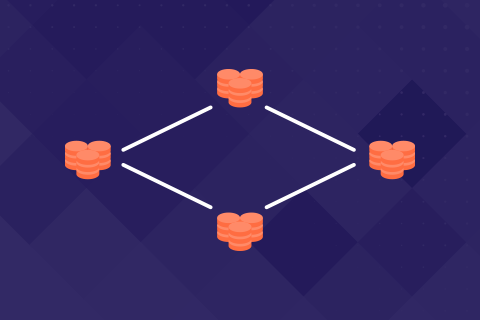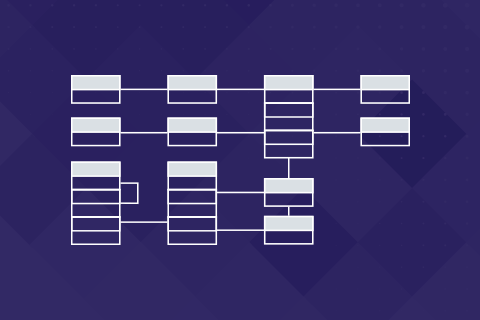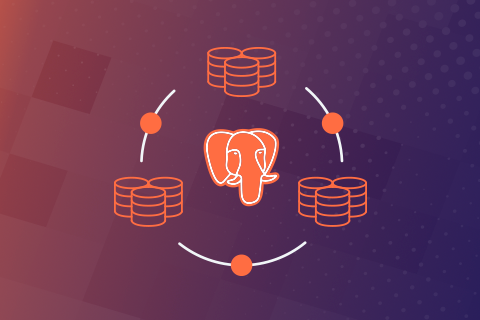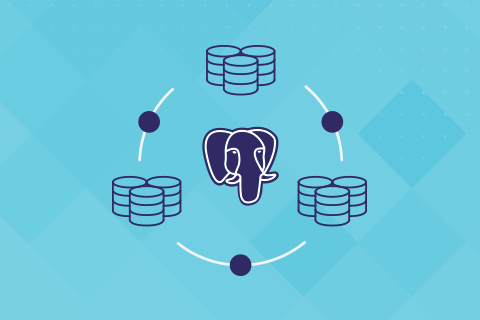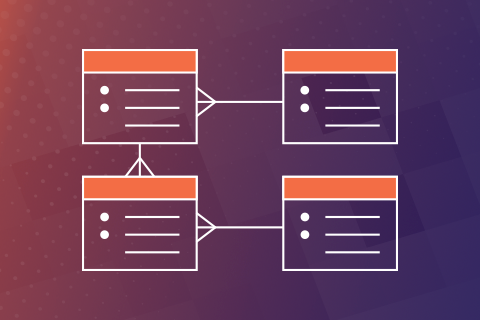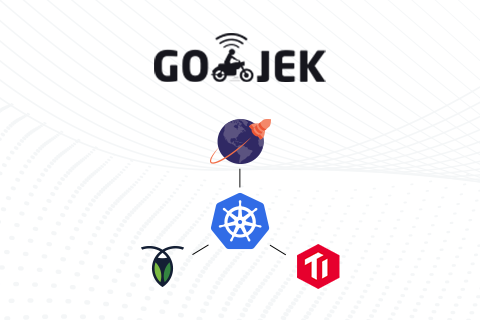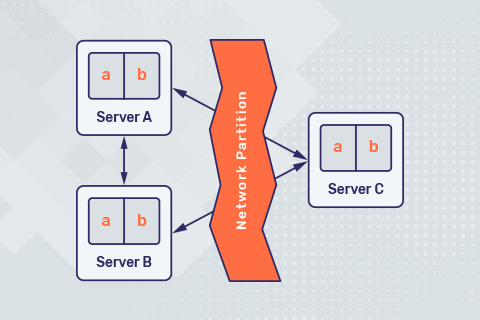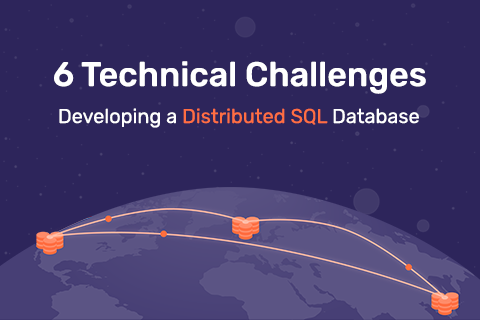Getting Started with SQL Workbench/J on a Distributed SQL Database
Although most databases ship with a command line utility to administer the instance, these utilities often come with a steep learning curve. If using the command line and learning sometimes arcane syntax makes you uncomfortable, there are graphical tools that can help you speed up many daily DBA tasks. In fact, you can find a comprehensive list of tools on the PostgreSQL wiki here. In a previous blog we explored the DBeaver database management tool,
…
